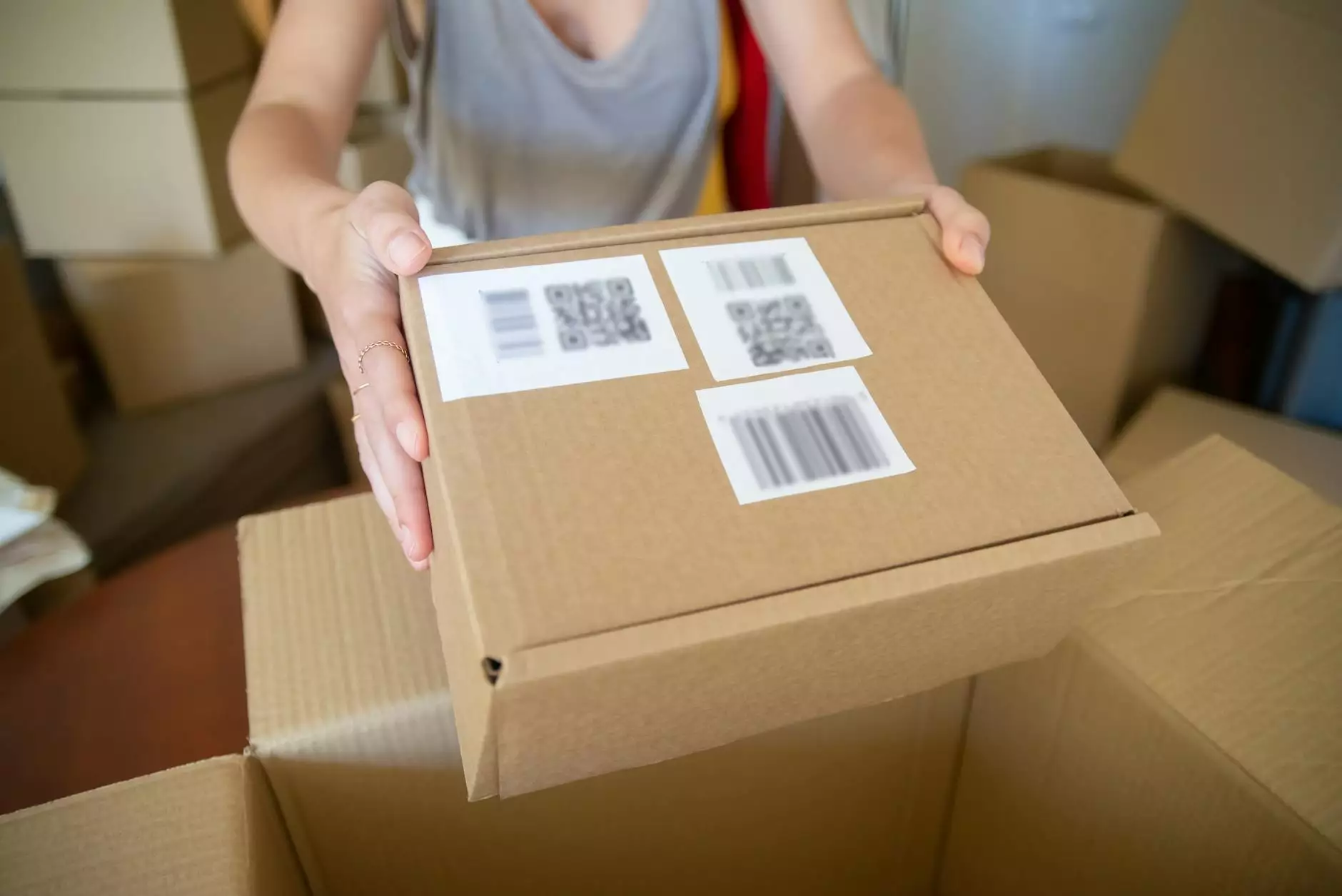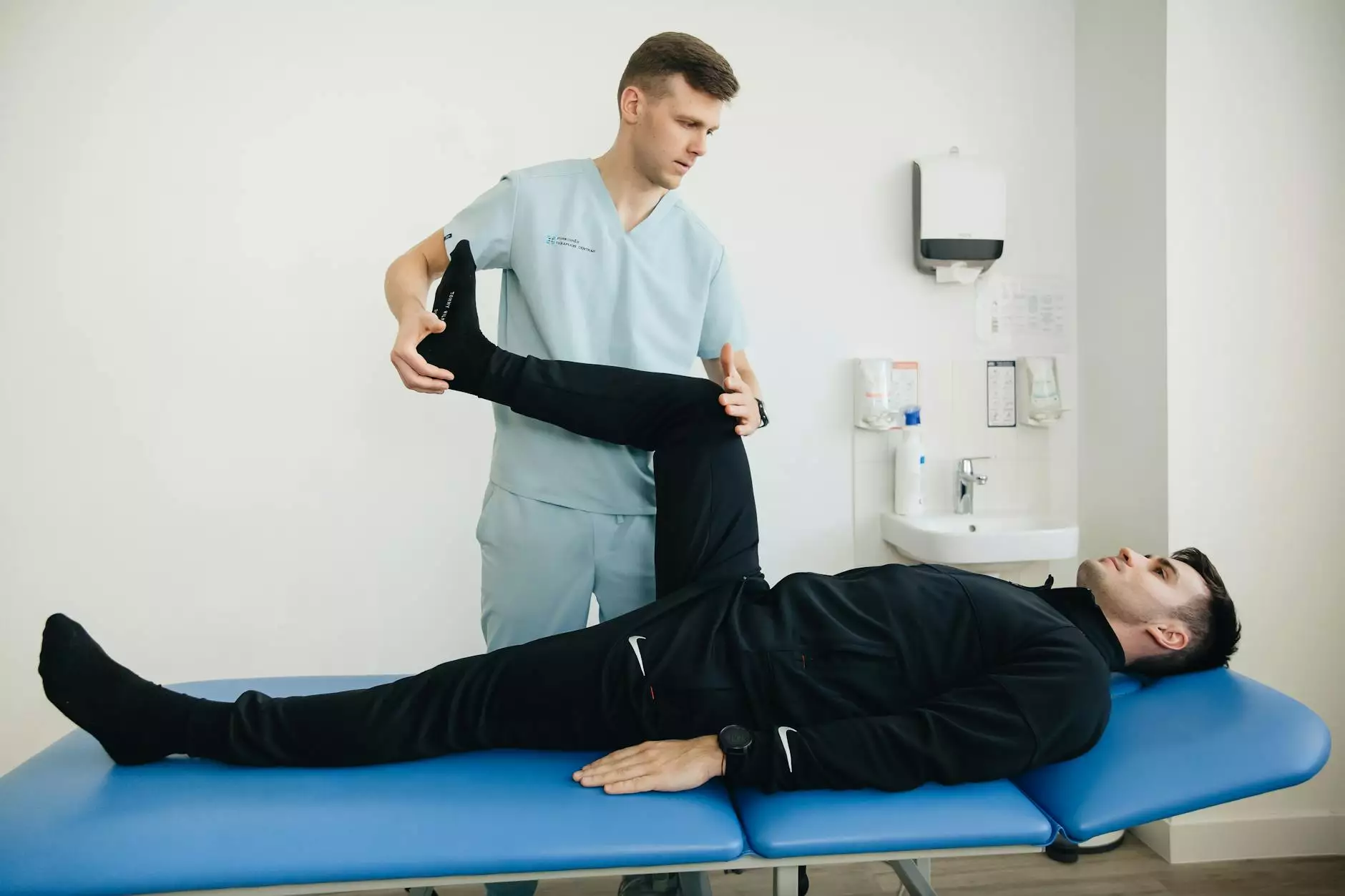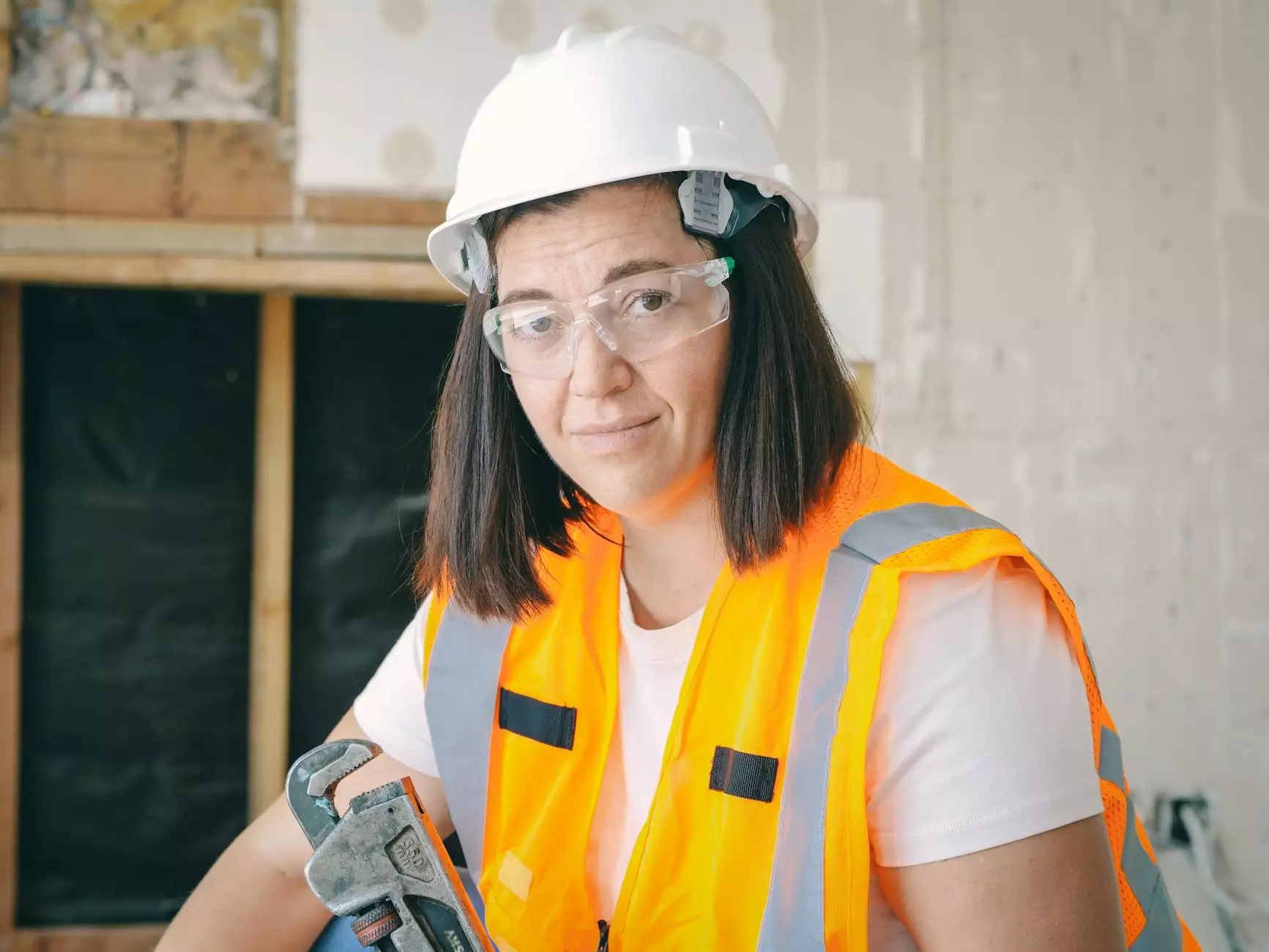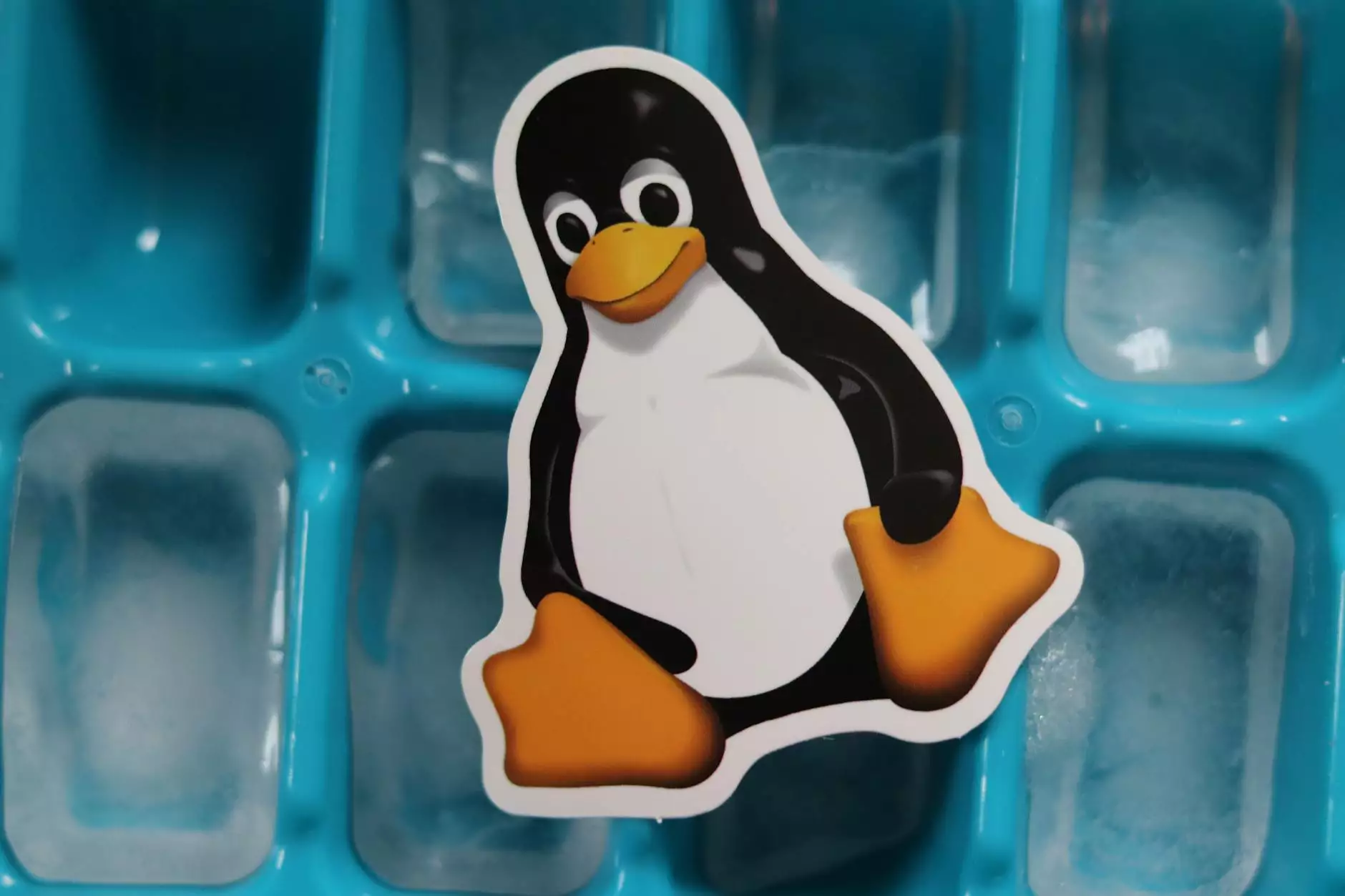Postnatal Pilates for Diastasis Recti: The Ultimate Guide
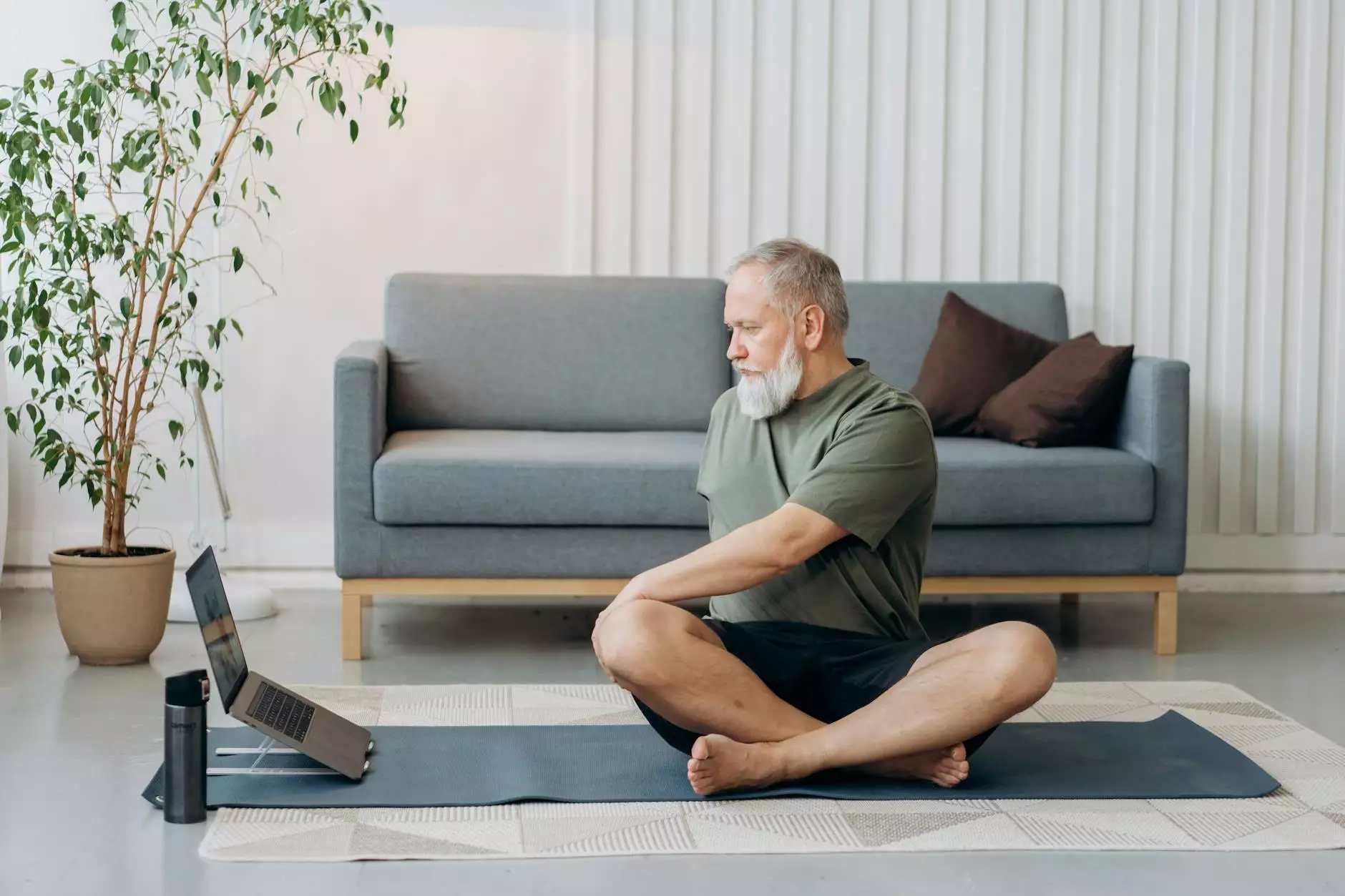
As a new mother, your body undergoes significant changes during and after pregnancy. One of the most common issues faced by many women is diastasis recti, a condition where the abdominal muscles separate along the midline. Fortunately, postnatal pilates can be a powerful tool in addressing this condition, helping you restore core strength and overall fitness. In this comprehensive guide, you'll learn about the connection between postnatal pilates and diastasis recti and discover effective exercises to support your journey to recovery.
Understanding Diastasis Recti
Diastasis recti is characterized by a gap between the left and right rectus abdominis muscles. This gap can lead to various issues, including:
- Weakened core stability
- Poor posture
- Back pain
- Urinary incontinence
This separation can occur during pregnancy as the growing uterus stretches the abdominal wall. After giving birth, many women find it challenging to regain their pre-pregnancy abdominal strength and aesthetics. Understanding this condition is the first step in addressing it effectively.
The Role of Postnatal Pilates
Postnatal pilates focuses on rebuilding core strength, pelvic floor stability, and proper body mechanics, all of which are essential in recovering from diastasis recti. The benefits of engaging in postnatal pilates include:
- Core Strength Building: Pilates emphasizes controlled movements that strengthen the deep abdominal muscles.
- Improved Posture: Proper alignment and posture are key focuses in pilates, which help alleviate back pain associated with diastasis recti.
- Enhanced Flexibility: Pilates routines include stretches that promote flexibility, contributing to overall body ease.
- Mind-Body Connection: The practice encourages mindfulness, helping you connect with your body post-birth.
Essential Postnatal Pilates Exercises for Diastasis Recti
When beginning a pilates regimen to combat diastasis recti, it's essential to select exercises that are safe and effective. Always consult with a healthcare provider before starting any new workout program, especially after giving birth. Here are some specific exercises that can be beneficial:
1. Pelvic Tilts
This gentle exercise helps improve awareness of your pelvic floor and lower back. To perform a pelvic tilt:
- Lie on your back with your knees bent and feet flat on the floor.
- Exhale as you flatten your lower back against the mat, engaging your core muscles.
- Inhale as you return to a neutral spine position.
2. Heel Slides
Heel slides promote mobility in your hips while engaging the core muscles safely:
- While lying on your back, bend your knees and place your feet flat on the floor.
- Slowly slide one heel away from your body while engaging your core.
- Return to the starting position and repeat on the other side.
3. Cat-Cow Stretch
This exercise gently stretches and strengthens the spine while engaging your core:
- Start on all fours with your wrists directly under your shoulders and knees under your hips.
- Inhale as you arch your back (Cat), tucking your tailbone and relaxing the belly.
- Exhale as you drop your belly and lift your head and tailbone (Cow).
4. Modified Side Plank
This variation of the side plank helps build strength in your obliques without putting excess strain on your abdominal muscles:
- Lie on your side with your knees bent at a 90-degree angle.
- Place your forearm under your shoulder and lift your hips off the mat.
- Hold for a few breaths, keeping your body in a straight line.
5. Bridging
The bridging exercise focuses on your glutes and helps support the lower back, promoting engagement of the abdominal muscles:
- Lie on your back with knees bent and feet flat on the floor.
- Inhale, engage your core, and lift your hips off the ground.
- Hold at the top for a moment before lowering back down.
Important Considerations for Postnatal Pilates
While postnatal pilates can be incredibly effective for recovering from diastasis recti, it’s crucial to keep several factors in mind:
- Consult a Professional: Before starting any exercise, especially after childbirth, it's essential to consult with a healthcare provider or physical therapist.
- Listen to Your Body: Everyone’s recovery is different. Pay attention to how your body feels during and after exercises.
- Avoid Certain Movements: Be careful with exercises that excessively strain your core, such as traditional crunches or sit-ups, until you have sufficiently healed.
- Start Slow: Gradually increase the intensity and complexity of your workouts as your body adapts and strengthens.
Creating a Safe Postnatal Pilates Routine
Developing a consistent routine is key to seeing results from postnatal pilates. Consider these tips when creating your own routine:
- Frequency: Aim for 3-4 sessions a week, allowing time for rest and recovery.
- Duration: 20-30 minutes can be effective for maintaining engagement without overexerting yourself.
- Variety: Include a mix of the exercises listed above to target different muscle groups.
- Relaxation: Incorporate moments of relaxation or mindfulness at the end of your session to connect with your body and reduce stress.
Rebuilding Confidence and Strength
Beyond the physical recovery from diastasis recti, pilates can play a significant role in rebuilding confidence as a new mother. The journey of motherhood is transformative, and embracing your body through exercises can foster a positive self-image. Remember:
- Your Body is Unique: Each woman’s recovery process is different. Celebrate your strengths and progress.
- Set Realistic Goals: Focus on small, achievable goals, and allow yourself the grace to adapt as you progress.
- Find Community: Consider joining a postnatal pilates class to connect with others and share experiences.
Conclusion: Your Path to Recovery
Postnatal pilates is an empowering journey that can significantly aid in the recovery from diastasis recti. By focusing on gentle, targeted exercises, you can restore core strength, improve posture, and enhance overall well-being. As you embark on your postnatal fitness journey, remember to consult health professionals, listen to your body, and celebrate every step of progress. This holistic approach will not only support your physical recovery but also nurture your mental and emotional well-being as a new mother.
For more information on how postnatal pilates can help with diastasis recti or to explore additional health and fitness services, visit Hello Physio.
postnatal pilates diastasis recti




